Polonia Debunks White Replacement Theory
Prussia, Russia, Habsburg Monarchy, Nazis, Soviets, and even the KKK have all tried to erase Polish identity and culture, yet we are still here.
The “white replacement” conspiracy theory is eviscerated by the Polish communities that maintained their cultural heritage around the world due to the three partitions of Poland. Eastern Europe has been settled by many groups from Asia and the Middle East such as the Alans, Lipka Tartars, Jews, Roma (Gypsy), and the Turks. Slavs (also known as the Saqaliba and Veneti) are originally a Eurasian people that don’t fit neatly into the “white” and “black” categories of the West. Our history with both serfdom and slavery has shaped many Poles world view as abolitionists. France and England who profited from the Atlantic Slave Trade also formed the Imperial Ottoman Bank that profited from Slavic slavery. Even though slavery has been outlawed in many countries, the practice of trafficking Slavic and other women is still in practice today.
The people actually weaponizing mass migration is RUSSIA! All the Putin fanboys and republicans on the right complaining about migrants, but completely ignore Russia’s role in mass illegal immigration.
Putin 'weaponizing' migrant crisis to hurt Europe (cnbc.com)
RUSSIA, LIBYA AND WEAPONIZING HUMAN MIGRATION - U.S. Army War College
The Kremlin has another weapon in its arsenal: Migration policy - The Washington Post
How Vladimir Putin weaponises refugees - UnHerd
October is Polish American Heritage Month and Eastern European history is not taught in American schools and is vastly different to that of Western Europe. Poles, a West Slavic ethnic group, had to constantly fight the imperialism of Russia, Germany, Ottoman Empire, and the Hapsburg Monarchy. These empires tried to erase Polish culture and language for centuries. During the 1195 Northern Crusades, Catholic military orders and kingdoms forced Christianization on West Slavic pagans and it took the Poles 400 years to fully adopt Christianity. In the 14th century, Johannes von Falkenberg argued on behalf of the Teutonic Order that all Poles should be subject to genocide on the grounds that the Poles were an inherently heretical race. Frederick the Great of Prussia had a particular hatred for the Polish people and compared them to the "Iroquois" of Canada.
The American Eugenics Society described non-Nordic races, including Slavs, as being “Mongolized.” According to Madison Grant, in his 1916 book The Passing of the Great Race, the "Alpine race," was shorter in stature, darker in coloring, with a rounder head, predominated in Central and Eastern Europe through to Turkey and the Eurasian steppes of Central Asia and Southern Russia. The American historian Gerhard Weinberg observed that for many Germans in the Weimar Republic, "Poland was an abomination," and Poles were "an East European species of cockroach." This racism led to Nazi Germany murdering between 1.8 to 2.7 million ethnic Poles.
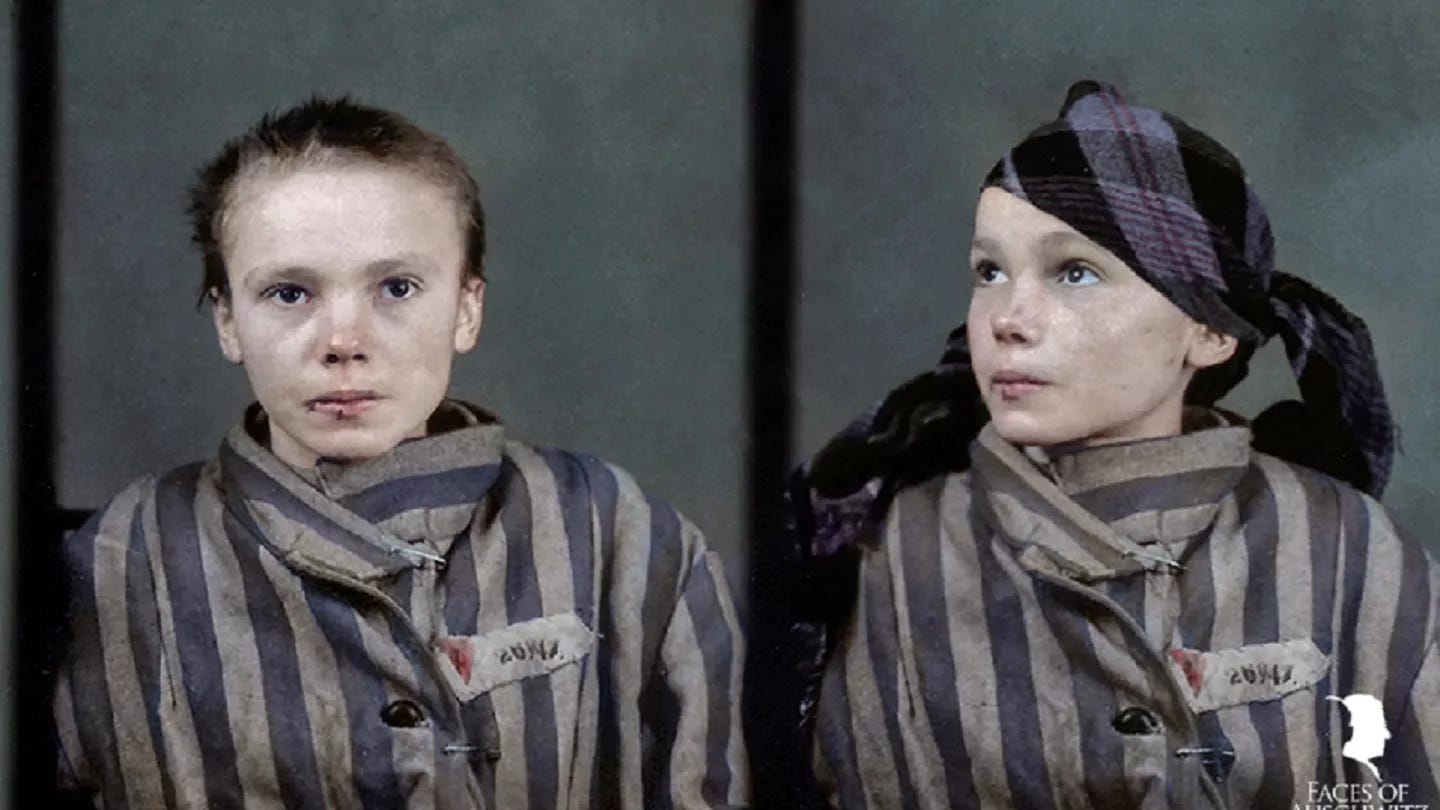
During the Holocaust, Polish inmates were required to wear a badge with letter "P" in the concentration camps.
Anti-Polonism includes stereotyping Poles as unintelligent, aggressive, thugs, thieves, alcoholics, racists, and anti-Semites. Ethnic prejudice against Poles is tolerated because the Anglo-Saxon and British establishment claim we are now “white.”
But is it true?
There’s never been a Polish American: President of the United States, Supreme Court Justice, Mayor of Chicago, New York City, Detroit, or San Antonio. There’s only been 2 Polish American Governors and Janet Protasiewicz, the first and only ethnic Pole, to serve on the Wisconsin State Supreme Court. In 2000, Polish immigrants to Chicago were subjected to "shake downs" from local police. The police officers weren’t charged until the Polish American Congress filed a complaint for targeting the Polish community (Hanna, 2000). During the 2016 Brexit vote, there was a spike in anti-Polish hate crimes and some of the most serious cases included arson, physical assault, hateful graffiti, and intimidation (Sommers, 2016).
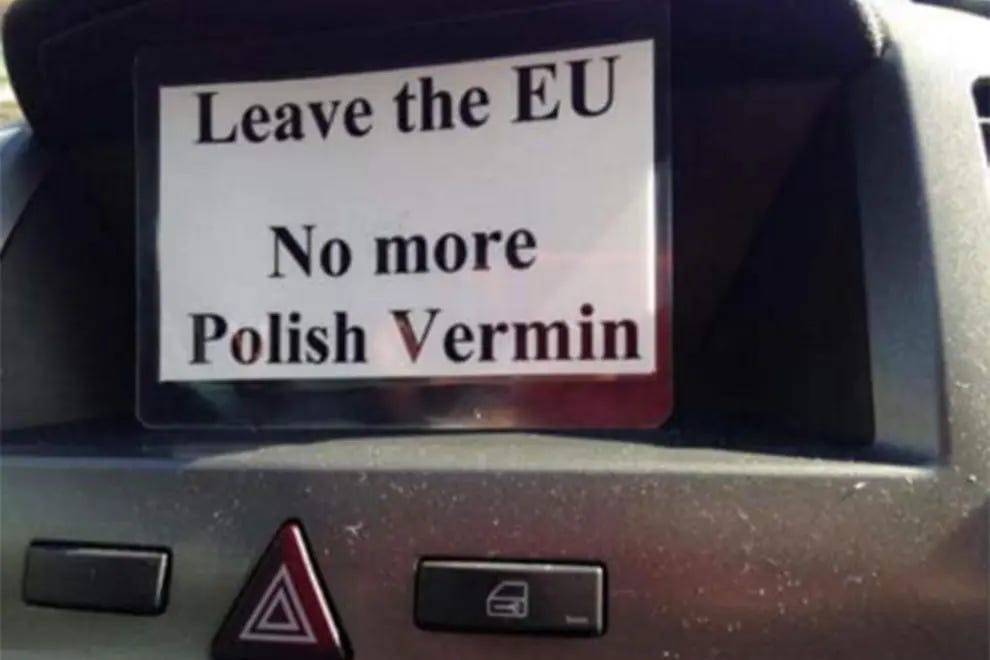
Bart Palosz, a 15-year-old Connecticut boy who shot and killed himself in August 2013 after years of being targeted because of his Polish accent (Kmieć, 2013).

In 2017, a 16-year-old Dagmara Przybysz, who moved to the UK with her family, committed suicide at her school. During the inquest, the authorities found out she had confided to friends and family that she had been singled out because of her Polish heritage by bullies who called her a “stupid Pole” and told her she “did not belong here.”
According to her mother, Dagmara answered a question on a social media site about what problems she had at school, and she wrote “racism” (Morris, 2017). In 2014, Michael Jagodzinski, a mining foreman in West Virginia, won the lawsuit against his former employer for discrimination due to insults and taunts from the workers, who had written graffiti and called him a "dumb Polack.” Not one of these anti-Polish harassment cases has been labeled as a “hate crime.”
The History of Polonia in the Americas
The first Poles in America came to the Jamestown colony in 1608 as skilled craftsmen to aid English survival in the New World. The Polish colonists had been excluded from voting rights by the first-ever legislative body and led a strike in 1619 to protest their disenfranchisement. Tadeusz Kościuszko was a national hero in Poland and fought on the U.S. side in the American Revolutionary War. In Kościuszko’s 1798 will and testament, he dedicated all his U.S. assets to the education and freedom of African American slaves. After Kościuszko returned to Europe, the funds were never used for the intended purpose. The 1264 Statue of Kalisz and the 1573 Warsaw Confederation were the Polish documents that influenced the U.S. Constitution to guarantee religious freedom.
Casimir Pulaski was a Polish nobleman and military commander who has been called the "father of the American cavalry." Pulaski’s first military engagement on September 11, 1777, at the Battle of Brandywine, the British broke through American lines and started bearing down on General Washington. When the Continental Army troops began to yield, Pulaski led the 30-man bodyguard unit straight into combat, charging the enemy while still wearing the military dress uniform of the Polish Hussars. Pulaski was wounded but is credited with averting a defeat and saving the life of the General George Washington.
Poles Switched Sides to Aid the First Black Republic in Haiti
After the third partition of Poland, the Poles Joined Napoleon’s legions in the hope he would help them get their country back. In 1802, Napoleon dispatched the Polish legion of around 5,200 to suppress a Haitian “prison revolt.” After they arrived, the Poles learned that the French were trying to suppress an uprising by enslaved Africans fighting for their freedom. The half Black Polish General Władysław Franciszek Jabłonowski died early in the war, but his troops would be the ones to aid the Black Haitians.

The Polish soldiers admired their opponents, and some of them turned on the French army and joined the rebelling Haitians. Out of those Polish soldiers who remained alongside the French, some intentionally failed to properly follow orders and refused to murder captured prisoners. Polish soldiers are credited with contributing to the establishment of the world's first free Black republic. After Haiti gained its independence, Jean-Jacques Dessalines classified the Poles as Noir (black) in the Haitian constitution. Haiti's first head of state called the Polish people "the White Negroes of Europe," which was then regarded a great honor, as it meant brotherhood between Poles and Haitians.
One of the most revered Polish religious icons carried by Polish soldiers, the Black Madonna of Częstochowa, has been absorbed by Haitian Voodoo as Erzulie Dantor. To this day, Polish Haitians are mixed race, maintain their Polish culture, and currently live in Cazale, Haiti.
Poles in Texas
Poles began arriving in 1854 from the Prussian (German) partition and continued until the early 20th century. The Germanization of Polish-Prussia began under Frederick II in 1772 and continued through the 19th century with Otto von Bismark’s Kulturkamp of anti-Catholicism, anti-Polish, and redistributing Polish lands to German landowners displacing many Polish farmers. To this day, many ethnic Polish descendants do not know their ancestors were ethnic Poles because their immigration papers said, “Citizen of the Emperor of Prussia (Germany)”, “Citizen of the Czar of Russia” or “Citizen of the Emperor of Austria-Hungary”. In Downtown Bryan, Texas circa 1870 addition, many anglicized and changed their Polish last names to be more accepted by the Texas/US ruling class. Poland did not re-emerge as a republic until November 1918 after more than a century of partitions (Mazurkiewicz, 2023).
Union Sympathies During and After the Civil War
Most Poles were Union soldiers, owing to ideological sympathies because of their own history of slavery and serfdom. Many Poles defected to the Union Army and the Confederate newspapers in San Antonio wrote that “open graves” awaited the Poles upon their return. The Polish community was nearly massacred following the Civil War, where the government of Texas was dismantled, and gangs of cowboys and former Confederate nativists harassed and shot at Poles in Panna Maria. The Poles had Union sympathies and were the subject of discrimination by local Southerners. In 1867, a showdown between a troupe of armed cowboys and the Polish community neared a deadly confrontation; Polish priests requested the Union Army to protect them. After the collapse of the Confederacy, Polish foreign labor was desired to work on Southern farms as replacements for African American slave labor. In 1867, the Waverly Emigration Society dispatched Meyer Levy to Poland to acquire roughly 150 Polish serfs to pick cotton in Texas.

Immediately after the Civil War, the Poles invited African freedmen to their community in St. Hedwig, TX. The Haywood family, formerly owned by R. W. Brahan and his wife Martha Haywood Brahan, bought a tract of land adjacent to the Mihalski family near the center of the community. Lafayette, Hannibal, and Tecumseh taught cotton culture to the Poles from Silesia. The freedmen and the Poles often brought in the celebrated “first bale” ginned in Bexar County. During the days of Jim Crow, this relationship based on tolerance and necessity earned St. Hedwig the scorn of their neighbors. They called St. Hedwig the “community of freedmen both black and white” (Lost Texas Roads, 2020). St. Hedwig merchants and tradesmen served a large trade area of freedmen who were unwelcome in surrounding communities. Violence and death were constant companions to these first settlers. Albert, the younger brother of Frank and Anton Kosub, was murdered and robbed while travelling from San Antonio to Bandera in 1870. Lawrence Ploch was murdered in 1871 while he traveled with his family to San Antonio. The Sutherland Springs Chronicle on 18 August 1877 reported, “…Three persons…robbed four houses in Poland Town on the west side of the Cibolo…” Reports of violence against members of the community were regularly cited in the newspapers of the day. Bexar County Commissioner’s Court responded by placing a constable and a Justice of the Peace Court in St. Hedwig. Numerous trials were conducted for lawless behavior. The church baptismal and marriage records in St. Hedwig list numerous Hispanic surnames. Bishop Neraz traveled to St. Hedwig to officiate at the wedding of Jacinto Casares and Maria Ramos in 1882; his entry in the church record is among few entries made by a bishop. Newspaper reports and census records documented non-Polish surnames in the area as farmers, traders, doctors and craftsmen. The closeness of the Polish and Mexican communities blended their musical styles with Polka to create Tejano, Norteño, and Conjunto music.
KKK Targets Poles
Polish communities in the United States were targeted by nativist groups and sympathizers during the 1920s. In White Deer, Texas, where Poles were virtually the only ethnic minority, Polish children had near-daily fights with other schoolchildren, and southerners imitated their parents in calling them "Polocks and damn Catholics" (Baker, 1981, p. 95). The Ku Klux Klan in particular rose in numbers and political activity during the 1920s, leading parades, protests, and violence in Polish American neighborhoods. On May 18, 1921, about 500 white-robed, torch-bearing members from Houston took a train to Brenham, Texas and marched carrying signs such as "Speak English or quit talking on Brenham's streets" (Baker, 1981, p. 96). The Klan infiltrated the local police of southern Illinois during the 1920s. In one instance in 1924, S. Glenn Young and 15 Klansmen raided a Polish wedding in Pittsburg, Illinois, violently pushing everyone against the walls, drank their wine, stole their silver dollars, and stomped on the wedding cake. The Polish couple had informed Mayor Arlie Sinks and Police chief Mun Owens beforehand that they were throwing a wedding and wanted to ensure protection; they did not know that Sinks and Owens themselves were Klansmen (Bain, 1978).
Eugenics
In A Study of Human Intelligence, which relied heavily on English aptitude tests from the U.S. military, concluded that Poles have inferior intelligence, and their population would dilute the superior "Nordic" American stock. His data was highly damning towards blacks, Italians, Jews, and other Slavs’ (Brigham, 1923). The immigration of paupers was forbidden by the U.S. Congress beginning with the Immigration Act of 1882 and restricted Polish immigration to 1890 levels, when there was no Polish nation. A Polish American newspaper stated, "...If the Americans wish to have more Germans and fewer Slavs, why don't they admit that publicly!?" It further went to examine the recent World War with Germany, which was America's enemy, whereas the Polish had been patriotic and loyal to the U.S. Armed Services (Urbanski, 1971).
Polish Americans were unconvinced that the immigration decreases of the 1920s were for the "protection" of American workers, and Polish language newspapers reflected their distrust and suspicion of racial undertones behind immigration legislation. Anti-Polish sentiment in the early 20th century relegated Polish immigrants to a below average social status in American society. Other Western European ethnic groups such as the Irish and Germans had assimilated to the American language, gained powerful positions in the Catholic Church and government positions by this time, and Poles were far behind. Poles did not share in any political or religious say in America and were the lowest paid European ethnic group in the United States.
Redlining
During the 1919 Race Riots in Chicago, Irish gangs dressed in blackface to set fire to Polish neighborhoods, because Poles saw the racial unrest as a “black” and white” issue and since they weren’t white the riot didn’t involve them (Roediger, 2004). The Reagans Colts and the Hamburg Athletic Association were the gangs involved in instigating the race riot and Richard J. Daley, the future mayor of Chicago, was the president of the Hamburg gang at that time. In Chicago and other northern cities, historian Joseph Parot observed real estate agents pressing white couples to move to the suburbs while encouraging black ones to move into Polish ethnic communities. Parot found that housing patterns commonly showed ethnics such as Poles and Italians were used as "buffer zones" between “black” and “white” areas in multiple cities (Pula, 1995).
WWII & Western Betrayal
Adolf Hitler's “Generalplan Ost” planned to exterminate, expel, or enslave most or all East and West Slavs from their native lands to make living space for German settlers. Millions of Poles worked in Nazi slave labor camps. Poland lost about 20% of its population during WWII, around 5.8 million people, half were Jews, and the others were Slavs. No. 303 Squadron RAF, also known as the "Tadeusz Kościuszko Warsaw" Fighter Squadron was one of the top fighter units in the Battle of Britain and had the highest kill-to-loss ratio. After the end of the war, squadron morale decreased due to the treatment of Poland by the Allies (Western betrayal of Poland), and the squadron was eventually disbanded in December 1946. In 2022, after the Russian invasion of Ukraine for a second time, the number "303" was chosen by a group of Polish internet activists to name their Squad 303 which sends anti-war messages to individual Russians.
Witold Pilecki was a Polish World War II cavalry officer and intelligence agent who volunteered to be captured by the occupying Germans to infiltrate the Auschwitz concentration camp.
At Auschwitz, Pilecki organized a resistance movement that eventually included hundreds of inmates, and he secretly drew up reports detailing German atrocities at the camp, which were smuggled out to the Polish Home Army. In 1947, after the communist takeover of Poland, he was arrested by the secret police on charges of working for "foreign imperialism" and was executed in 1948 by the communists. Pilecki’s story wasn’t known in the West until 1989.
Origins of the Polish Joke
Polish jokes came from Nazi German propaganda that was then pushed ironically by Soviet communist sympathizers in Hollywood. The racist stereotype that Poles are intellectually inferior or have subhuman intelligence is deeply pervasive in American culture and assimilation, upward mobility, higher education, and even intermarriage did not solve the problem. Polish Americans were ashamed of their identity, and thousands changed their names to fit into Anglo American society. The American media spread an image of the Polish male as a "jock," typically large, strong, and tough athletically, but lacking in intelligence.
Poles Denied Civil Rights Protections
Polish Americans found that they were not protected by the United States courts system in defending their own civil rights. The Civil Rights Act of 1964 Title VII states: "No person in the United States shall on the grounds of race, color, or national origins, be excluded from participation in, or denied the benefits of, or be subjected to discrimination." In Budinsky v. Corning Glass Works (1977), an employee of Slavic origin was fired after 14 years for speaking up about anti-Slavic discrimination by his supervisors. The judge ruled that the statute did not extend beyond "race" and the employment discrimination suit was dismissed because he was not part of a protected class. In Kurylas v. U.S. Department of Agriculture (1974), a Polish American suing over equal opportunity employment was told by the court that his case was invalid, as "only nonwhites have standing to bring an action.”
Anti-defamation efforts
In February 2013, a YouTube video on Pączki Day made comments saying that on that day, "everybody is Polish, which means they are all fat and stupid" (Sercombe, 2013). Polish jokes by late night host Jimmy Kimmel were answered by a letter from the Polish American Congress in December 2013, urging Disney-ABC Television to discontinue ridiculing Poles as "stupid" (Milewski, 2013).
Prussians, Russians, Nazis, Soviets, and the KKK have all tried to erase Polish identity and culture over the centuries, but we are still here. Poles have always been an ethic minority and we have Polish communities in Mexico, Turkey, Haiti, South America, North America, and even in Asia. Polonia has become the ambassadors of our heritage worldwide. My non-Polish Tejano (Mexicans of Texas descent) family members appreciate Polish culture and food, especially gołąbki (cabbage rolls) and pierogi.
Chwała Polsce! Glory to Poland!
-D.C.
Works Cited
Bain, D. (1978). Charlie and the Shawneetown Dame: love and madness in the Roaring Twenties, an incredible true story. Purdue University Press.
Baker, T. L. (1981). The Polish Texans. San Antonio: The University of Texas Institute of Texas Cultures-San Antonio.
Brigham, C. C. (1923). A study of American Intelligence. Princeton, New Jersey: Princeton University Press. Retrieved from https://archive.org/details/studyofamericani00briguoft/page/202/mode/1up?view=theater
Hanna, J. (2000, December 2). GRAND JURY INDICTS COPS IN IMMIGRANT SHAKEDOWN. The Chicago Tribune. Retrieved from https://www.chicagotribune.com/news/ct-xpm-2000-12-02-0012020090-story.html
Kmieć, S. (2013, February). A Polish Boy’s Struggle with Bullying. Polish American Journal, . Retrieved from https://www.polamjournal.com/fighting-defamation.html
Lost Texas Roads. (2020). St. Hedwig, Texas. Retrieved from Lost Texas Roads: https://losttexasroads.com/history/places/st-hedwig-texas/
Mazurkiewicz, D. J. (2023, March 23). Early Polish History of St. Joseph Catholic Church, Bryan, Texas. Retrieved from PACTX.org: https://pactx.org/wp-content/uploads/2023/04/Early-Polish-History-of-St.-Joseph-by-Jim-Mazurkiewicz-2023-update-March.pdf
Milewski, F. (2013, December 20). WWII and holocaust: just a big joke at Disney's ABC-TV. Canada Free Press. Retrieved from https://canadafreepress.com/article/wwii-and-holocaust-just-a-big-joke-at-disneys-abc-tv
Morris, S. (2017, July 17). Polish-born schoolgirl, 16, found dead after bullying, inquest told. The Guardian. Retrieved from https://www.theguardian.com/uk-news/2017/jul/17/schoolgirl-dagmara-przybysz-16-killed-herself-racist-bullying-inquest-told
Pula, J. S. (1995). The Polish Americans: An Ethnic Community. New York City: Twayne Publishers.
Roediger, D. R. (2004). Racism, Ethnicity, and White Identity. Retrieved from The Encyclopedia of Chicago: http://www.encyclopedia.chicagohistory.org/pages/1033.html
Sercombe, C. (2013, February 22). Paczki Day parody draws outrage from Polish community. Hamtramck Review, p. 3. Retrieved from https://web.archive.org/web/20130302122957/http://www.hamtramckreview.com/2013/02/paczki-day-parody-draws-outrage-from-polish-community
Sommers, J. (2016, September 5). Polish Embassy Describes Post-Brexit Hate Crimes Their Citizens Have Faced Ahead Of Meeting With Boris Johnson And Amber Rudd. The Huffington Post UK. Retrieved from https://www.huffingtonpost.co.uk/entry/polish-embassy-describes-post-brexit-hate-crimes-their-citizens-have-faced-ahead-of-meeting-with-boris-johnson-and-amber-rudd_uk_57cdc7dee4b085cf1ecf33b4
Urbanski, A. (1971). Immigration Restriction and the Polish American Press: The Response of Wiadomosci Codzienne, 1921-1924. Polish American Studies, 28 (2), 5-21 . Retrieved from https://www.jstor.org/stable/20147837

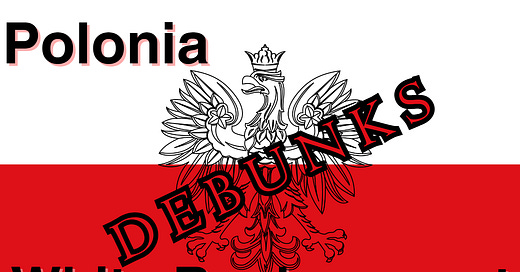





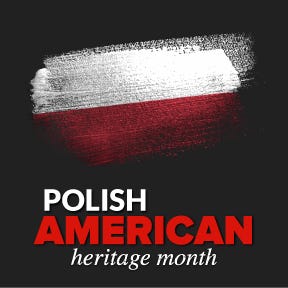





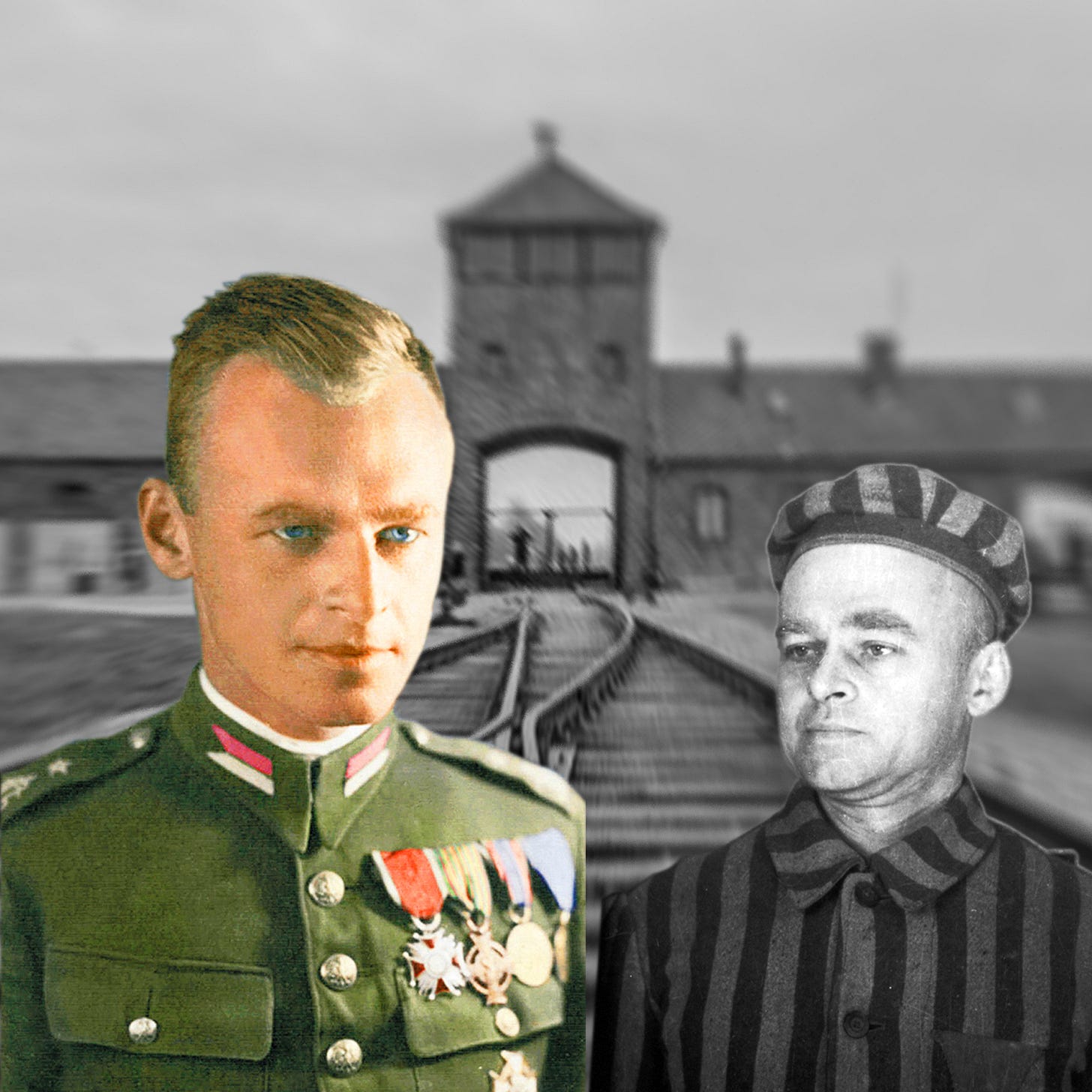
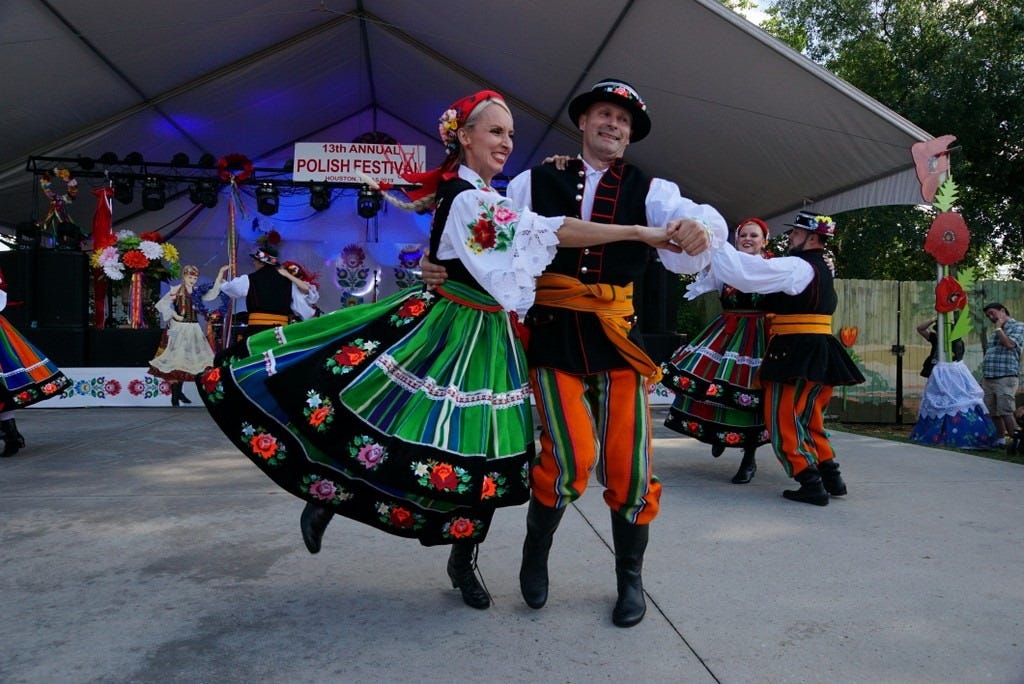
I’m 100% polish born in the US 1964. Interesting history overview, thanks for posting !
Proud polish Lady
I grew up with the polish jokes, but had no idea what you outlined, except for the era of post WW1. That’s when my family came over & worked in the mines in Virginia. Eventually settling on the east coast.
Growing up, I didn’t know many polish people - It’s was Irish & Italians.